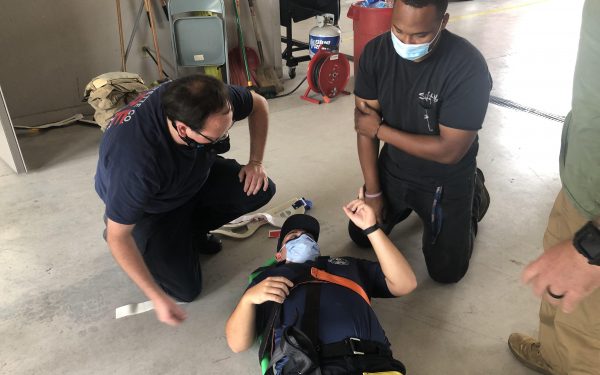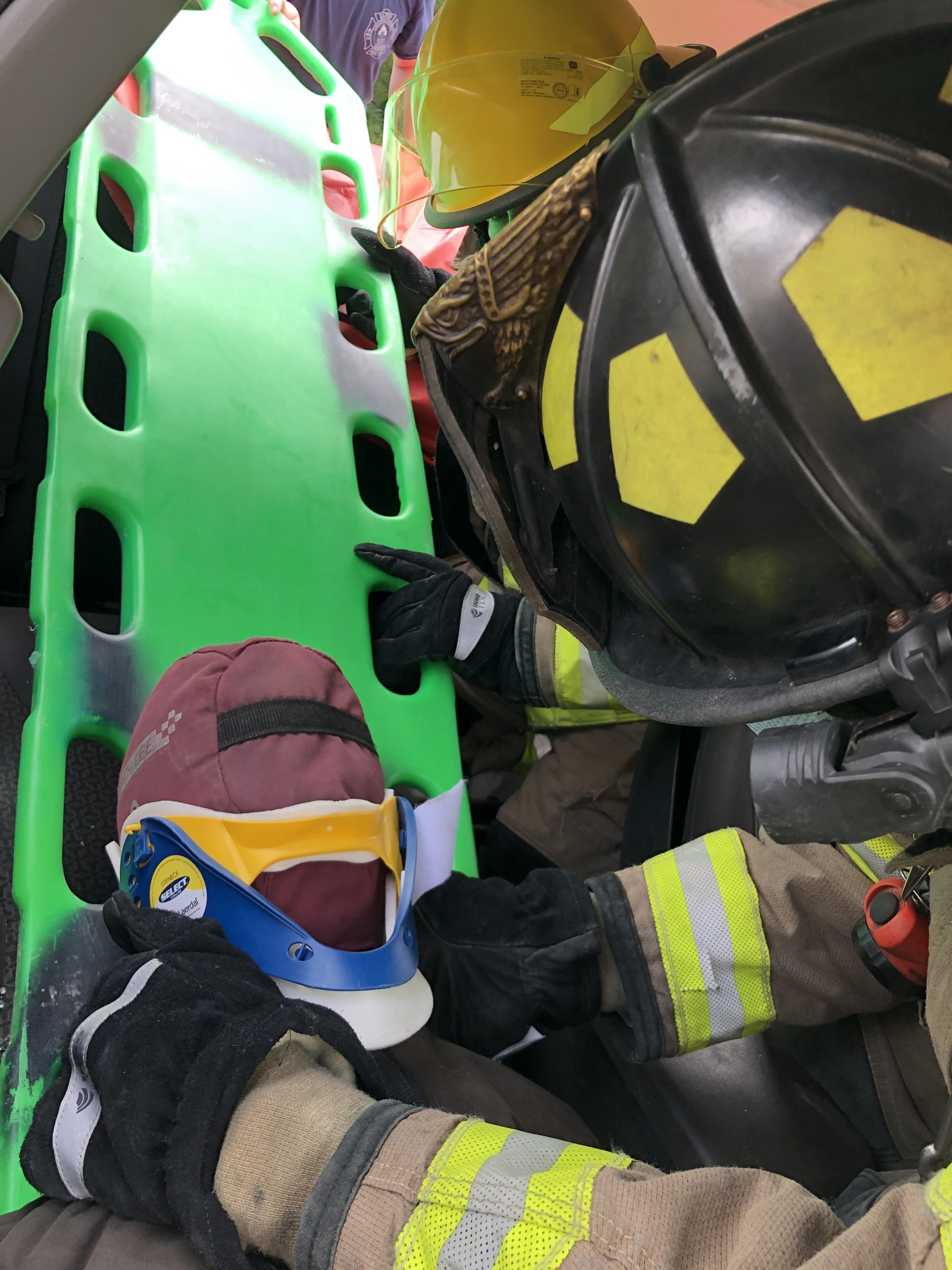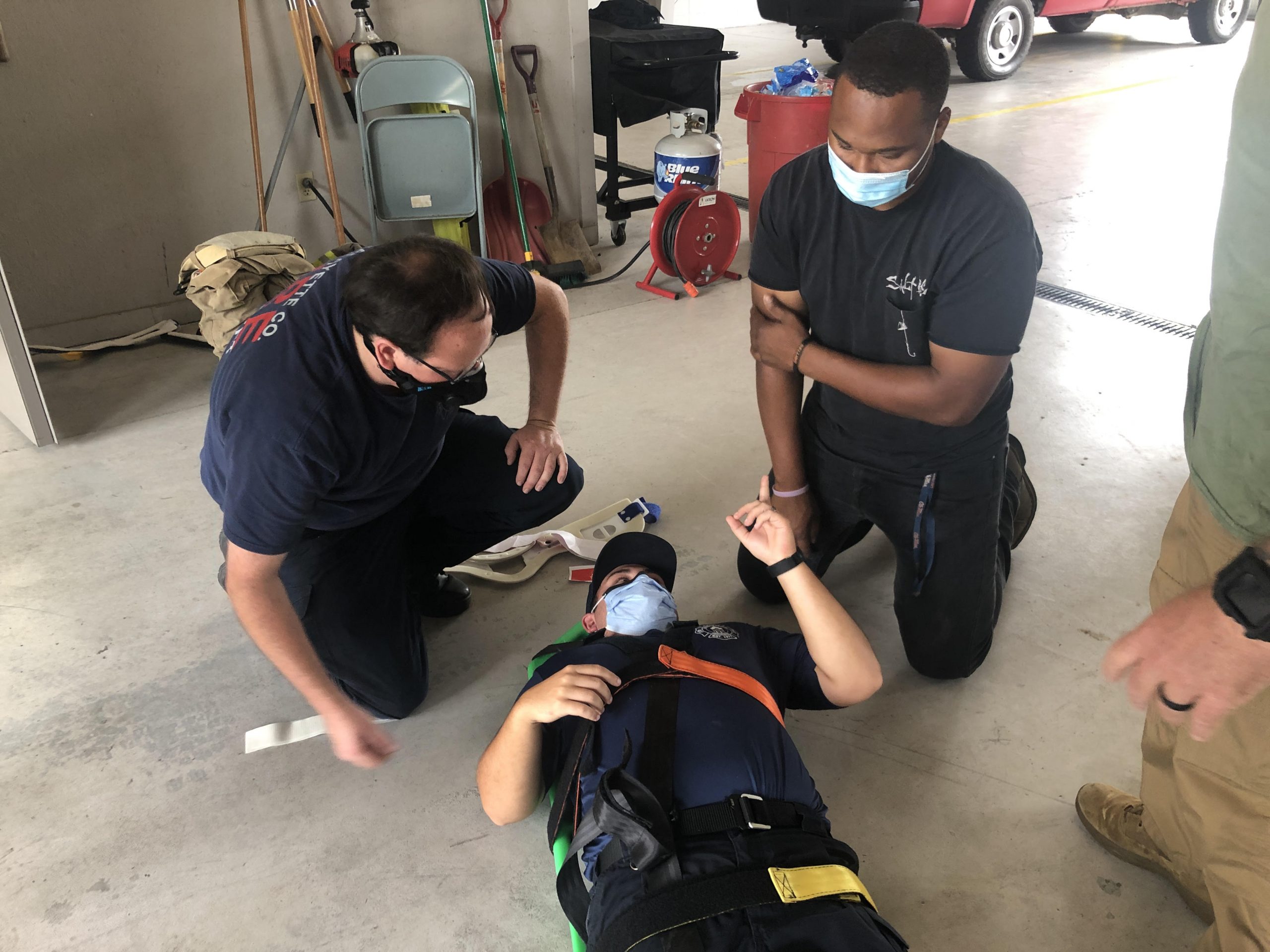County News

All full-time firefighters in Lafayette County are now EMT-certified, enhancing their emergency response to the community.
Earlier this year, all Lafayette County full-time firefighters became equipped with crucial life-saving skills by obtaining their EMT (Emergency Medical Technician) certifications. To Lafayette County Fire Chief Wes Anderson, this decision just made sense.
“Last year, we received 1,919 calls, and the vast majority of those were EMS calls,” said Anderson. “So it was very important to have everybody medically trained.”
Among the full-time firefighters, each holds at minimum an EMT-B or basic certification, though several have completed the advanced level of qualifications, earning an EMT-A certification. A few firefighters also serve with full paramedic status.

Emergency Response Capabilities
“EMTs are really trained to assess, identify and treat major life threats,” said Lafayette County Assistant Chief of EMS Toby Lafayette.
From treating excessive bleeding with tourniquets to administering EpiPens for allergic reactions, Lafayette County firefighters can provide immediate medical aid when needed, minimizing the impact of critical situations.
For a resident in trouble, having firefighters on the scene quickly can be life-changing. “We’re an all-hazards department. We’re here to help in any aspect of community health, safety and welfare,” said Anderson.
Ongoing Training and Commitment
Firefighters take a 160-hour, semester-long course that involves lectures, skills training and clinical hours to receive their EMT certification. After that, they take a skills test, which, if they pass, allows them to take the National Registry of EMTs test.
Once registered, firefighters can start practicing, but that doesn’t mean their training is over. Every two years, firefighters must complete 40 hours of continuing education to recertify.
Traditionally, EMT training was conducted at a community college. Now, firefighters are able to learn these crucial medical skills in-house through the Mississippi Fire Academy. In June, 10 firefighters completed their training. The next class is set to begin in August.
Working Hand-in-Hand
Because fire stations are strategically placed around the county, Lafayette explained, it’s common for firefighters to arrive at a medical situation before an ambulance.
“We can start treatment when we get there,” Lafayette said, “and when EMS gets on the scene, we can help them with anything they need.”
The close working relationship between Lafayette County’s fire and medical services means they can work seamlessly alongside each other, fostering an integrated and efficient response to emergencies.

“Whether it’s a wreck, heart attack, or stomach pains, firefighters and EMS work hand-in-hand together,” said Anderson.
Anderson believes EMT certification is the future for firefighting around the state and country.
“Nationwide, this wave has already come through, and Mississippi is now on board. I foresee the state of Mississippi, our department and neighboring departments to have more advancement in EMS care.”
By investing in the continuing education of their firefighters, Lafayette County’s emergency services remain at the forefront of emergency response, bolstering safety and protection for the community they serve.
“We’re trying to do everything we can to help the community in any way possible,” said Anderson.
Photos by Beau Moore
